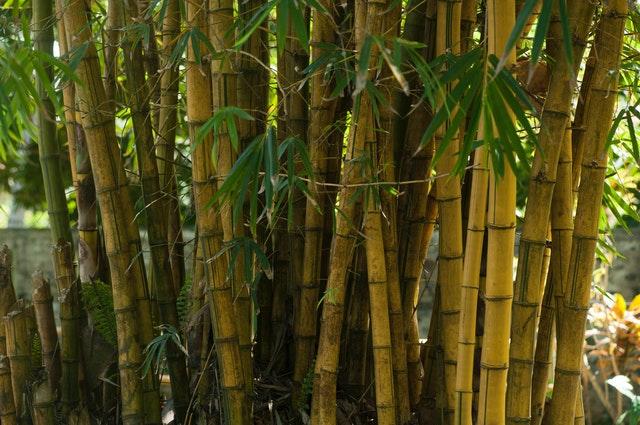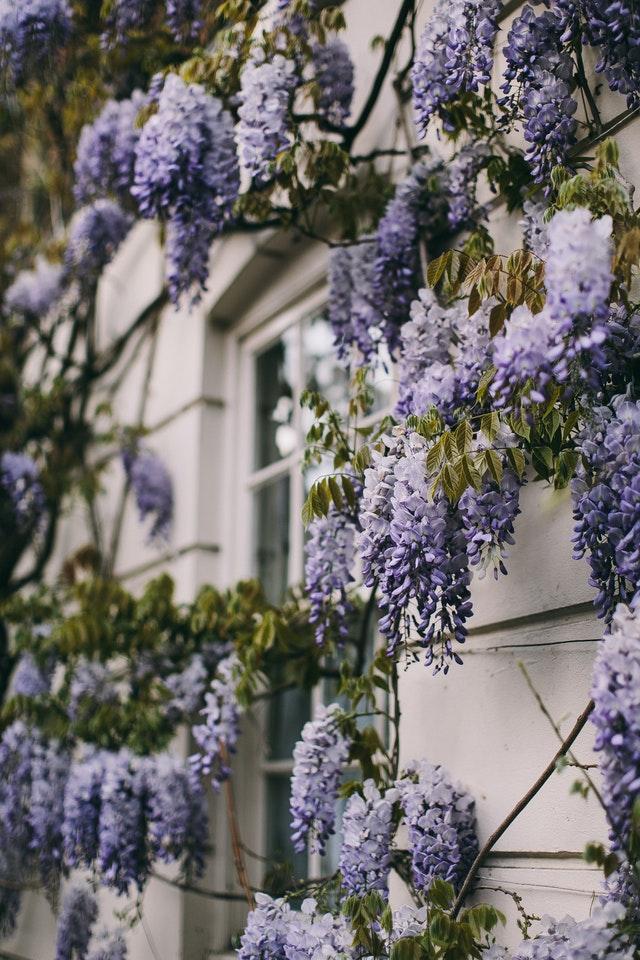For most homeowners, plants are a welcome addition to the yard. When you want to add color and interest to your landscape or grow plants for cooking and healing, plants are the natural choice.
Thankfully, most plants are completely harmless or even beneficial to your garden. However, there are some varieties that will only cause trouble, and you should think twice about planting them, or at the very least, where you plant them. Otherwise, you may be inviting pests, creating dangers to your kids and pets, or just creating more work or yourself and your professional lawn service to keep them from spreading into the grass.
With that in mind, think twice about adding any of the following plants to your landscape.
English Ivy
English ivy covered bricks might conjure up images of hallowed halls of learning and romantic countryside manors, but many gardeners feel less enthusiastic about this hardy plant after it starts to spread. Mostly used as a groundcover, this variety of ivy grows quickly, and will quickly choke out any other plants in its way. It will also climb virtually any vertical structure, which can lead to rot, mold, and other issues with your home. If you keep English ivy pruned, you can avoid trouble, but otherwise, consider a less aggressive species.
Mint
Mint is another aggressive spreader that will take over your garden — and beyond — if left unchecked. When you plant mint, the roots spread quickly, and it’s not unlikely that you’ll find new plants all over the place. That’s not to say you can’t grow the plant to enjoy in tea, flower arrangements, or cocktails. Just be sure to keep it contained by only planting it in flower boxes or pots.
Castor Bean
Castor beans are annual plants with spiky, colorful blooms and large leaves. They might be showy and eye-catching in the garden, but they are extremely poisonous to both animals and humans. The seeds especially will cause severe illness, so it’s best to keep them out of your yard altogether.
Belladonna
Another extremely poisonous plant, belladonna is also known as deadly nightshade. The purple blooms and black berries make this an attractive plant, but it can be fatal if ingested by humans or animals. Like castor beans, it shouldn’t be planted in your garden at all.
Wisteria
Wisteria, with their dramatic, cascading blooms, are a favorite among gardeners. Romantic and dramatic, they make a statement when they grow ove arbors and pergolas. However, they also grow quickly, and live for decades, with a far-reaching root system that can send shoots popping up far away from the main plant. These shoots can appear virtually anywhere, including the middle of your lawn, and choke out other plants, shrubs, and trees. If you’re willing to commit to regular pruning and being vigilant for shoots, wisteria can be a beautiful addition. Otherwise, it may end up being a nuisance.
Bradford Pear
Almost everyone who has ever planted a Bradford Pear tree regrets it, for multiple reasons. Despite their name, they don’t produce fruit. Instead, they are a flowering tree. In the spring, they are covered with pretty white blooms, and in the fall, produce multicolored foliage. The limbs are very weak, though, and they are highly susceptible to storm damage. The flowers also smell very unpleasant. Depending on who you ask, the scent is similar to vomit or urine.
Mimosa Trees
Found mostly in warmer climates, mimosa trees have fern-like leaves and silky pink flowers that resemble feathers. It’s a showy plant that captures attention, but it’s also a prolific spreader. Mimosas spread quickly, causing seedlings to pop up all over your yard — and the neighbors’ yards. They are difficult to get rid of once they take hold, so it’s better to keep them out of your yard to start with.
Bamboo
Bamboo grows quickly, which is part of its appeal as a renewable resource. However, while some varieties grow slowly and can easily be controlled, others, like golden bamboo, will take over before you know it. Golden bamboo can grow up to 40 feet tall and choke out other plants. It’s actually been known to destroy native animal habitats across America, so if you want bamboo in your yard, choose one of the slower growing, climbing varieties to avoid inadvertently creating a bamboo forest.
These are just a few of the plants to keep out of your yard. Before you get carried away at the garden center, do some research into how large those seedlings will grow, or whether the plants are dangerous. You can avoid headaches and keep your landscape intact when you do.















